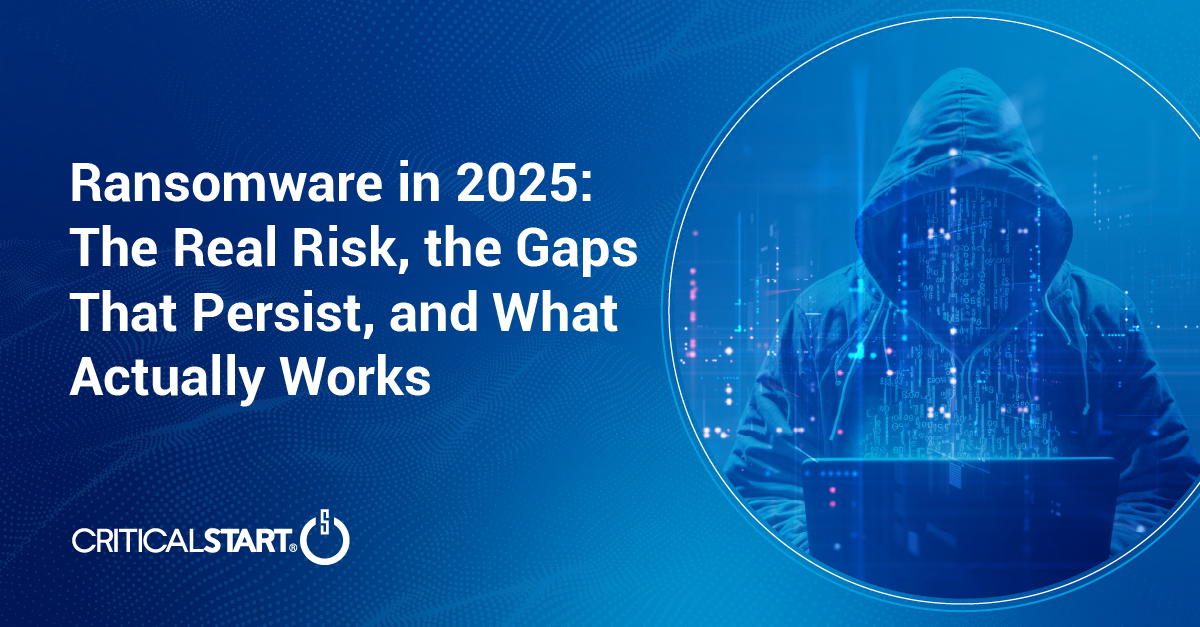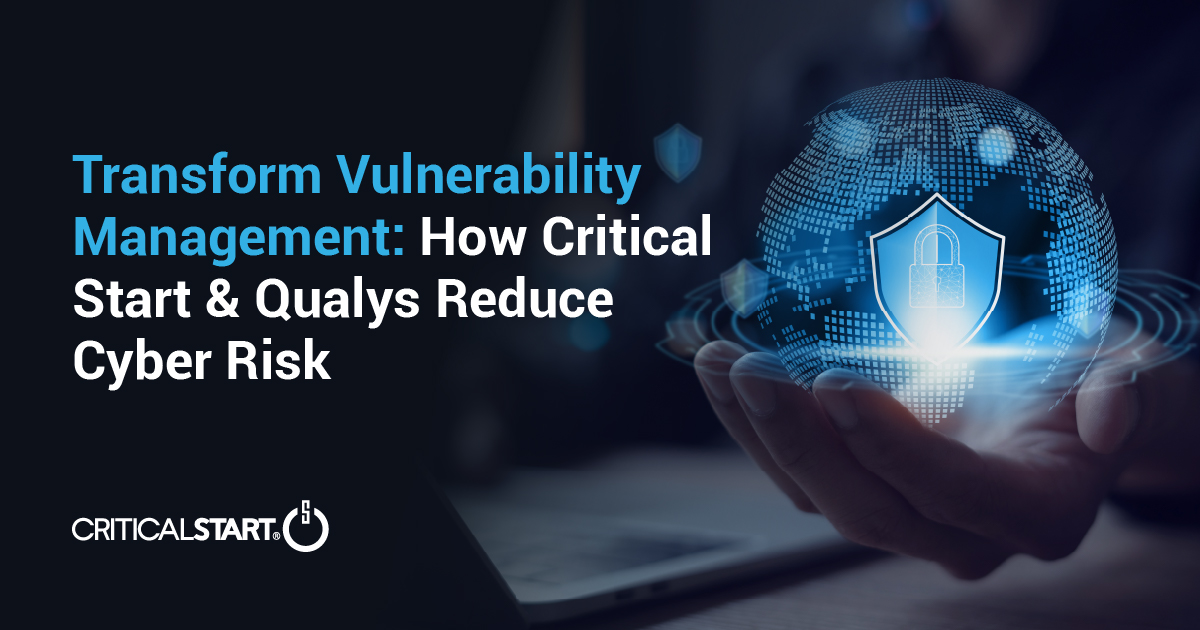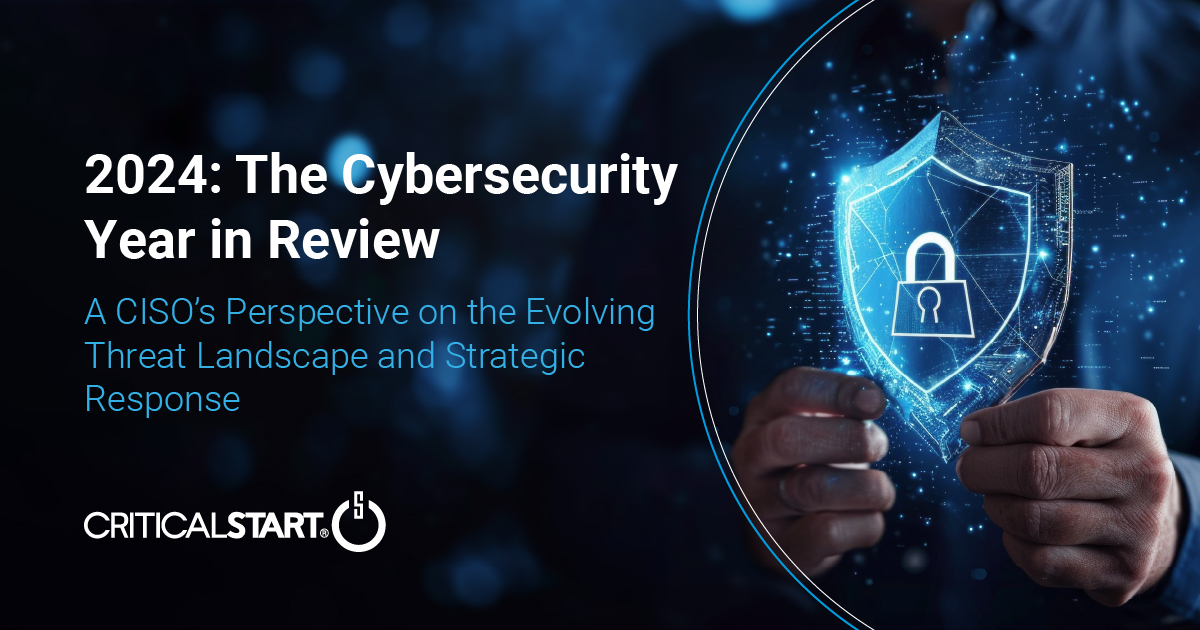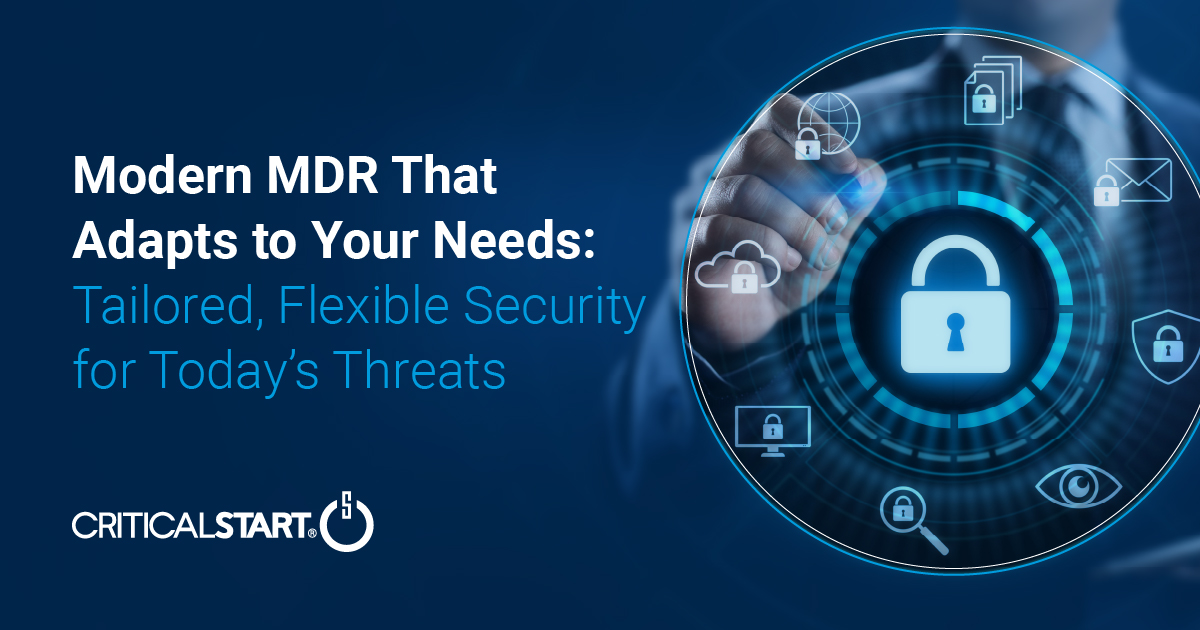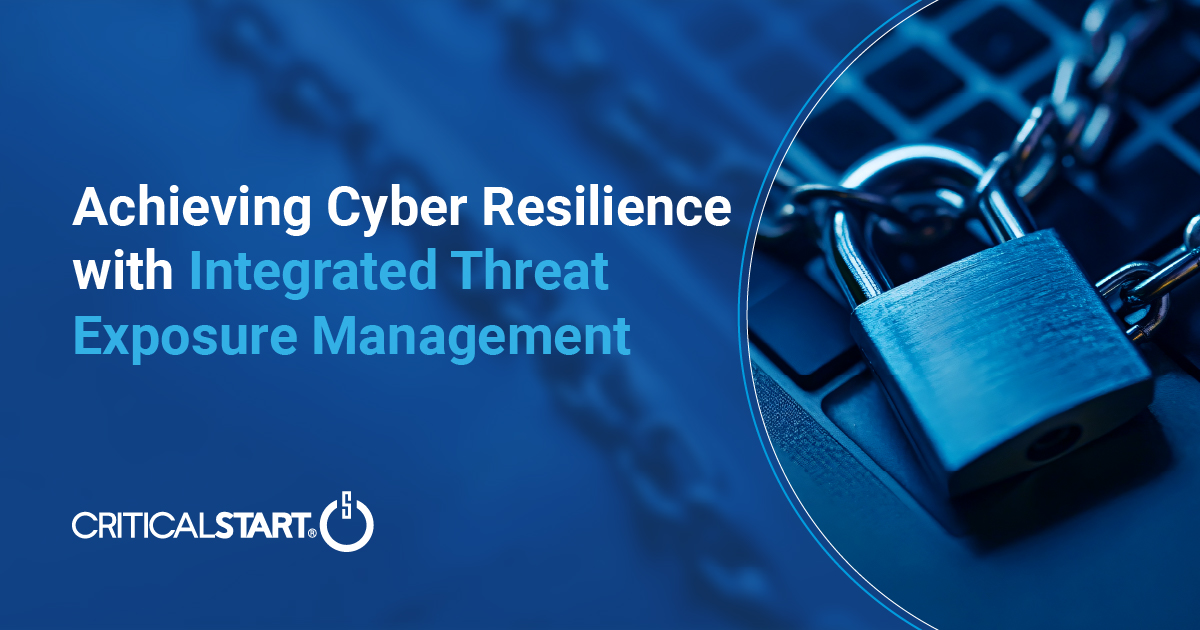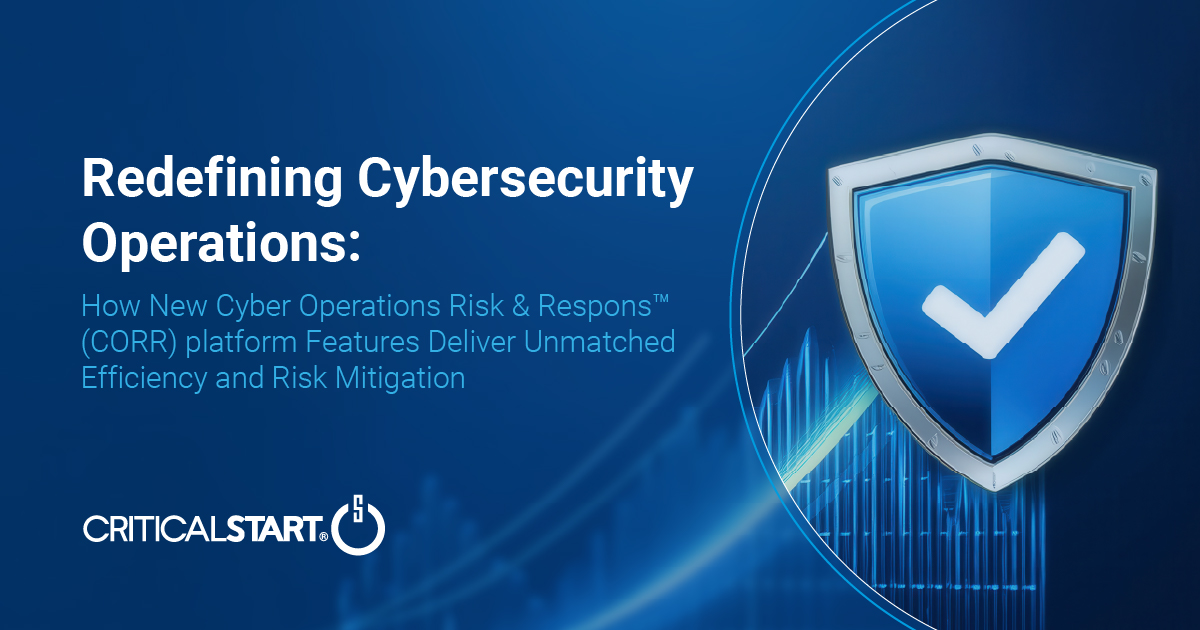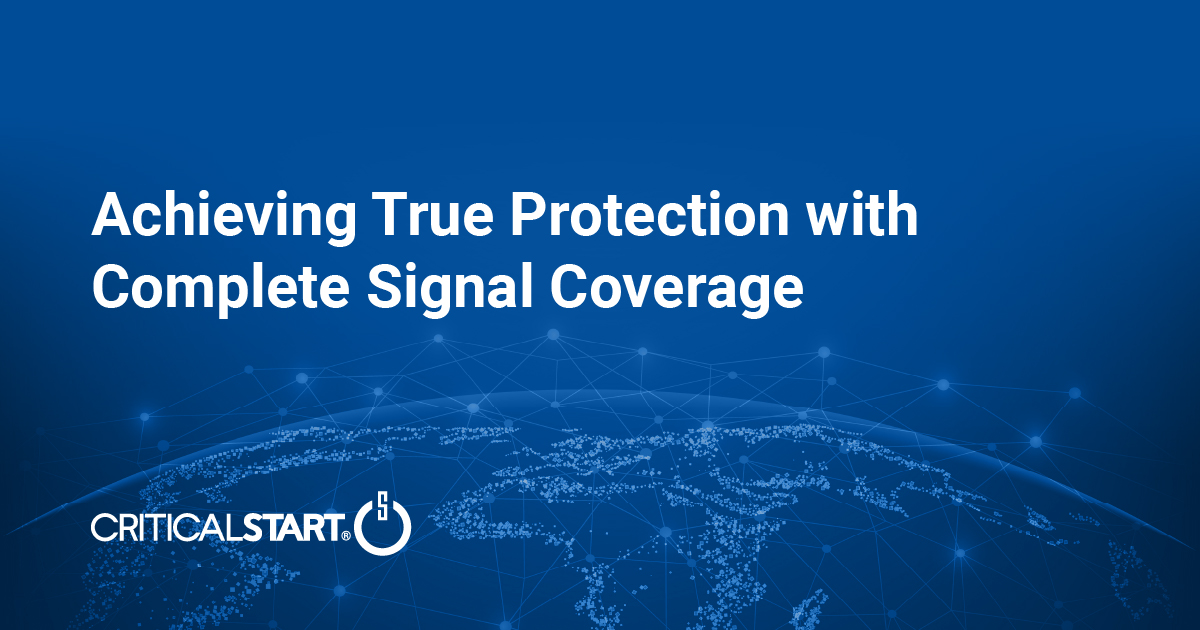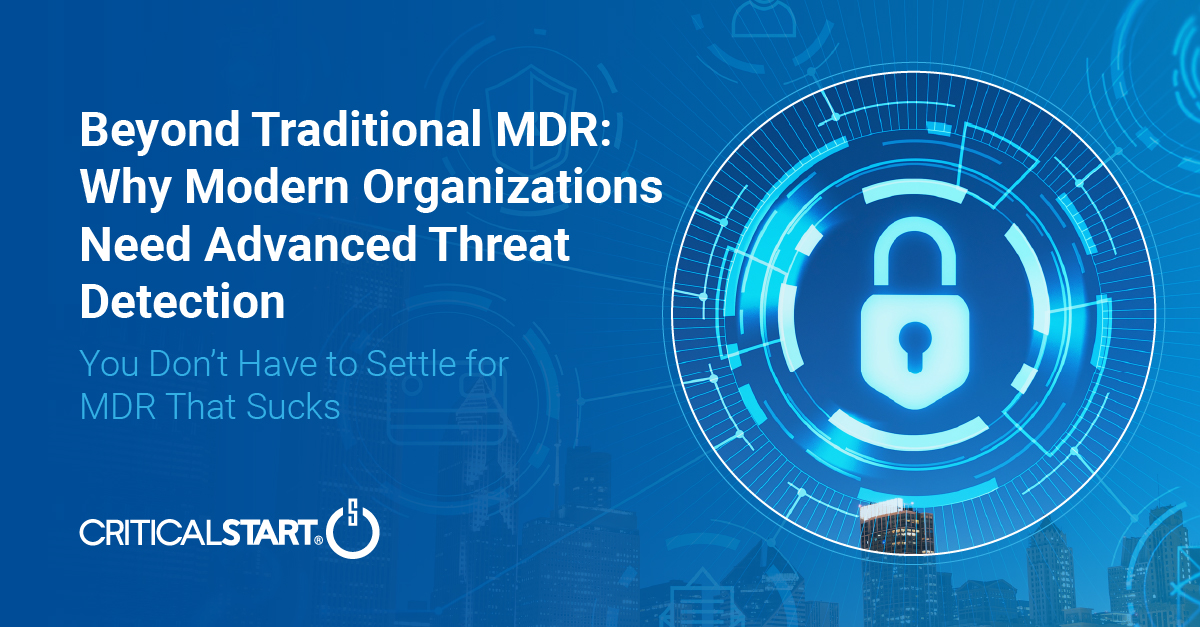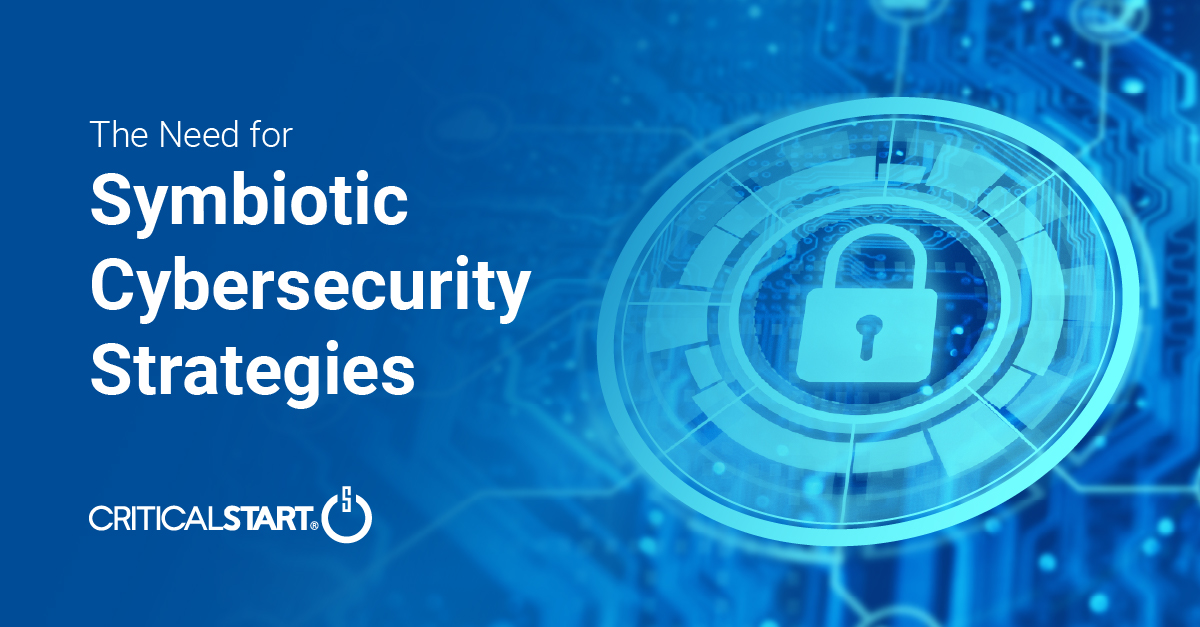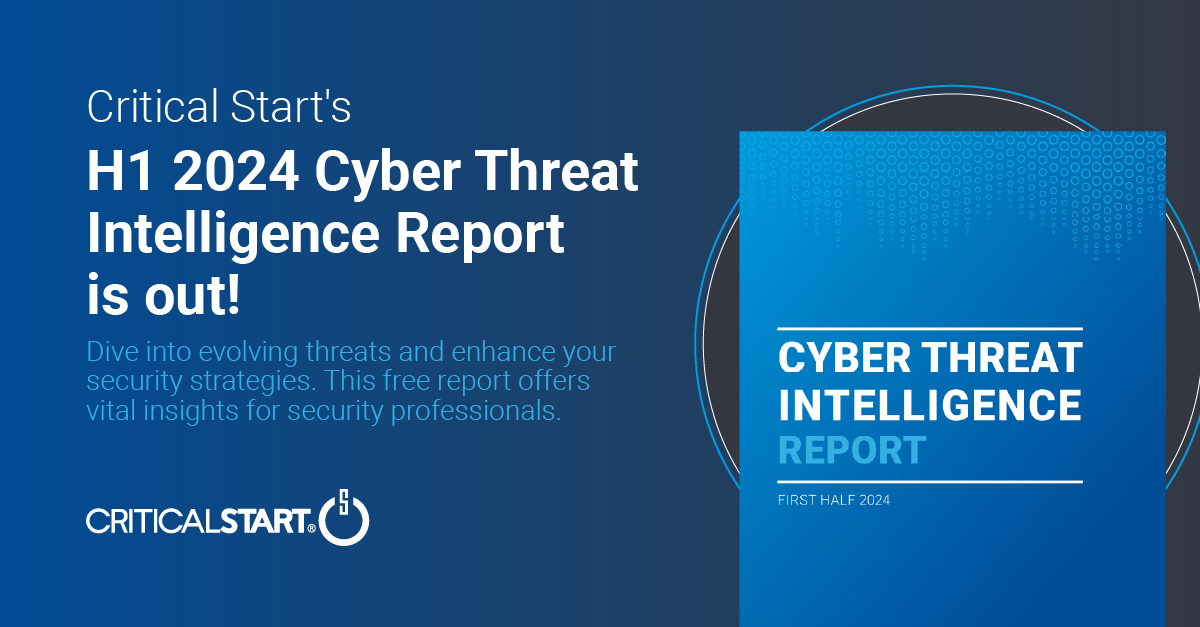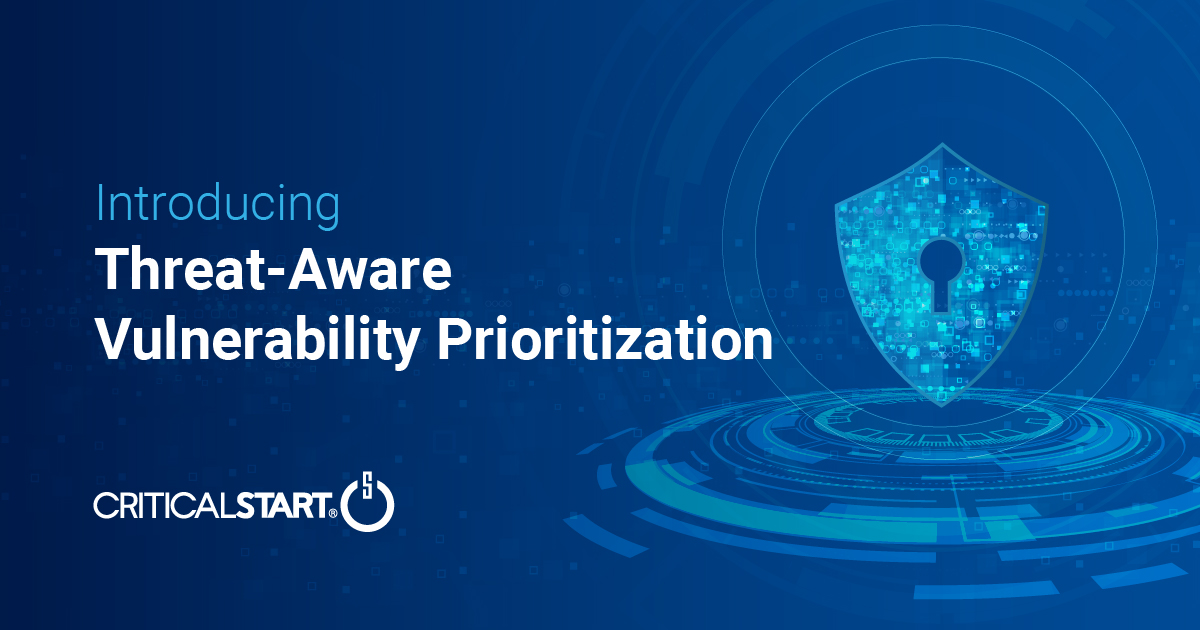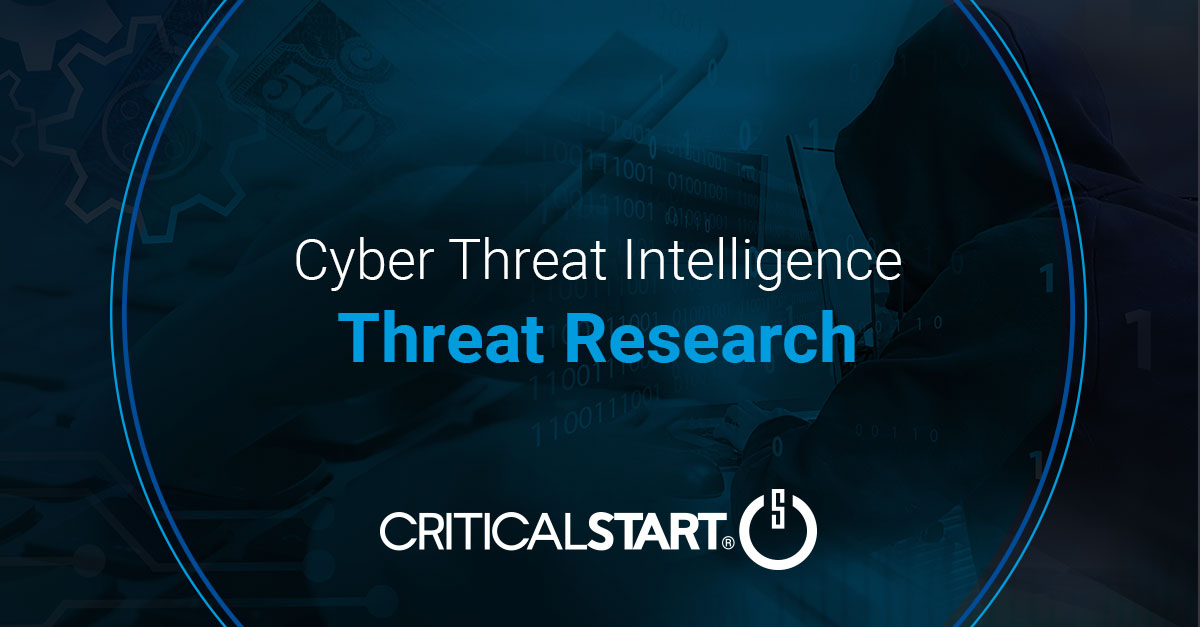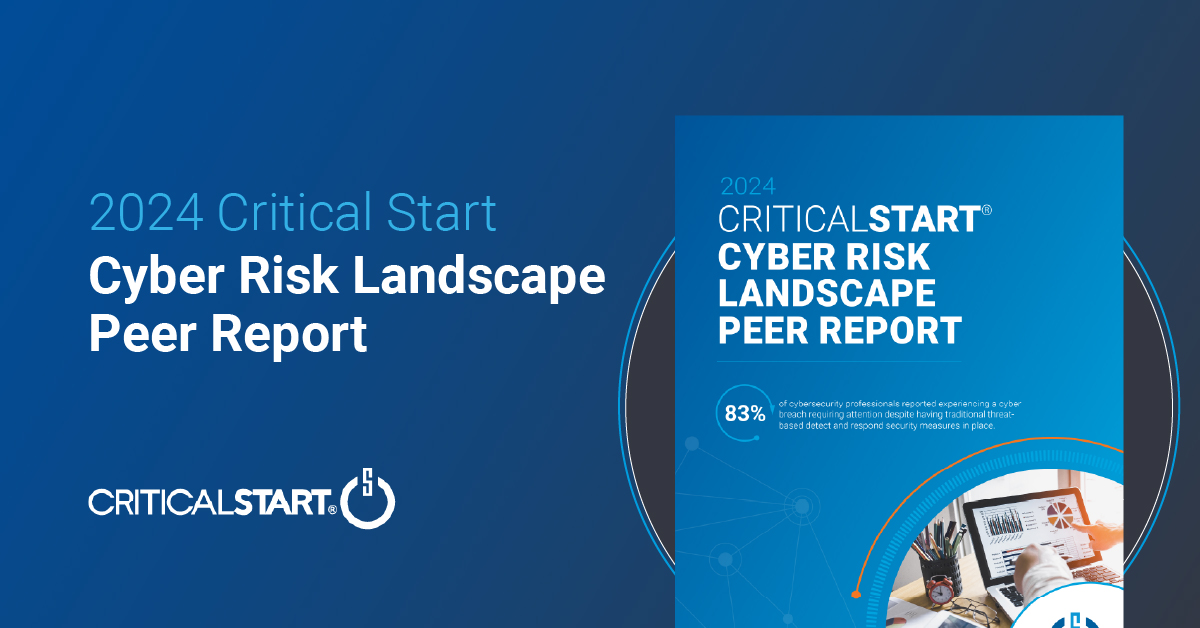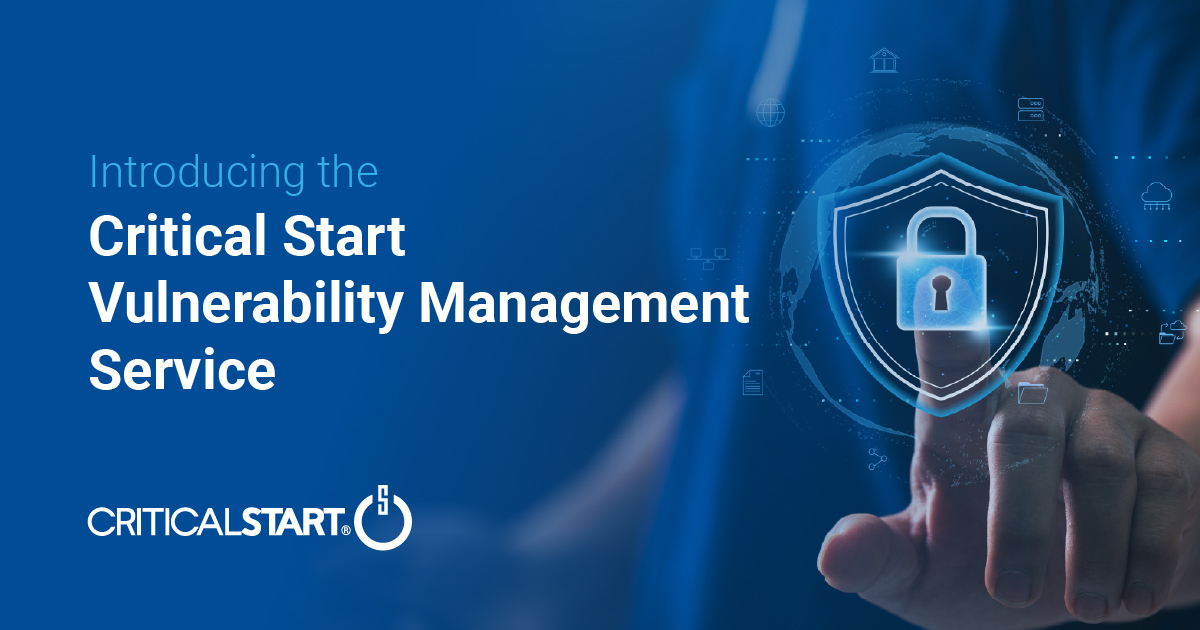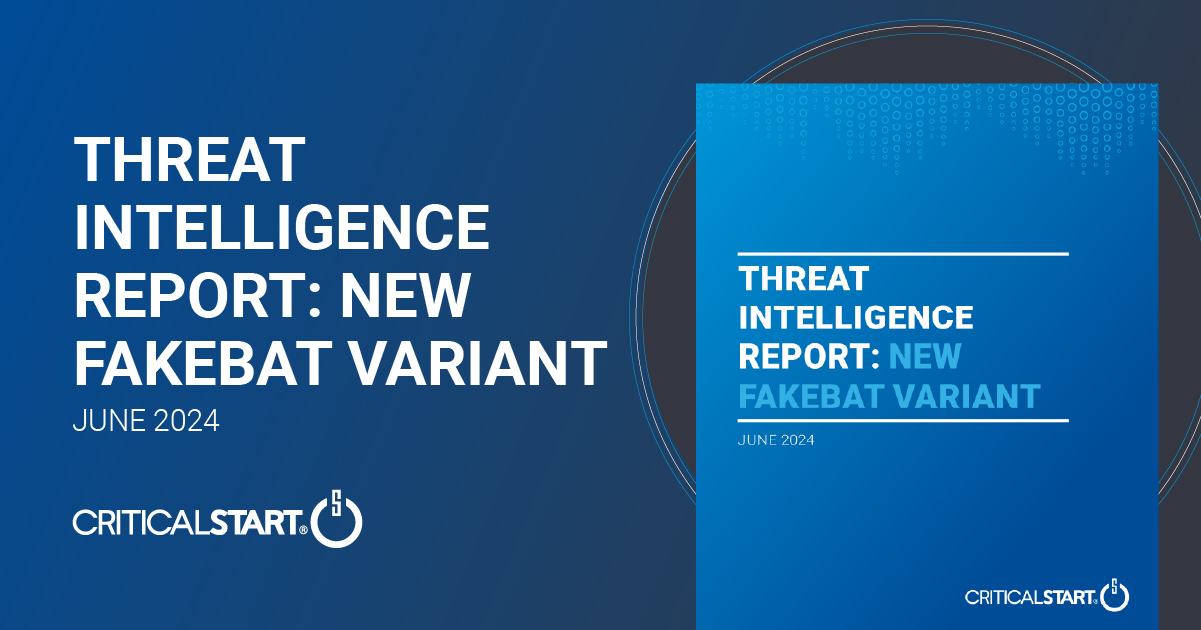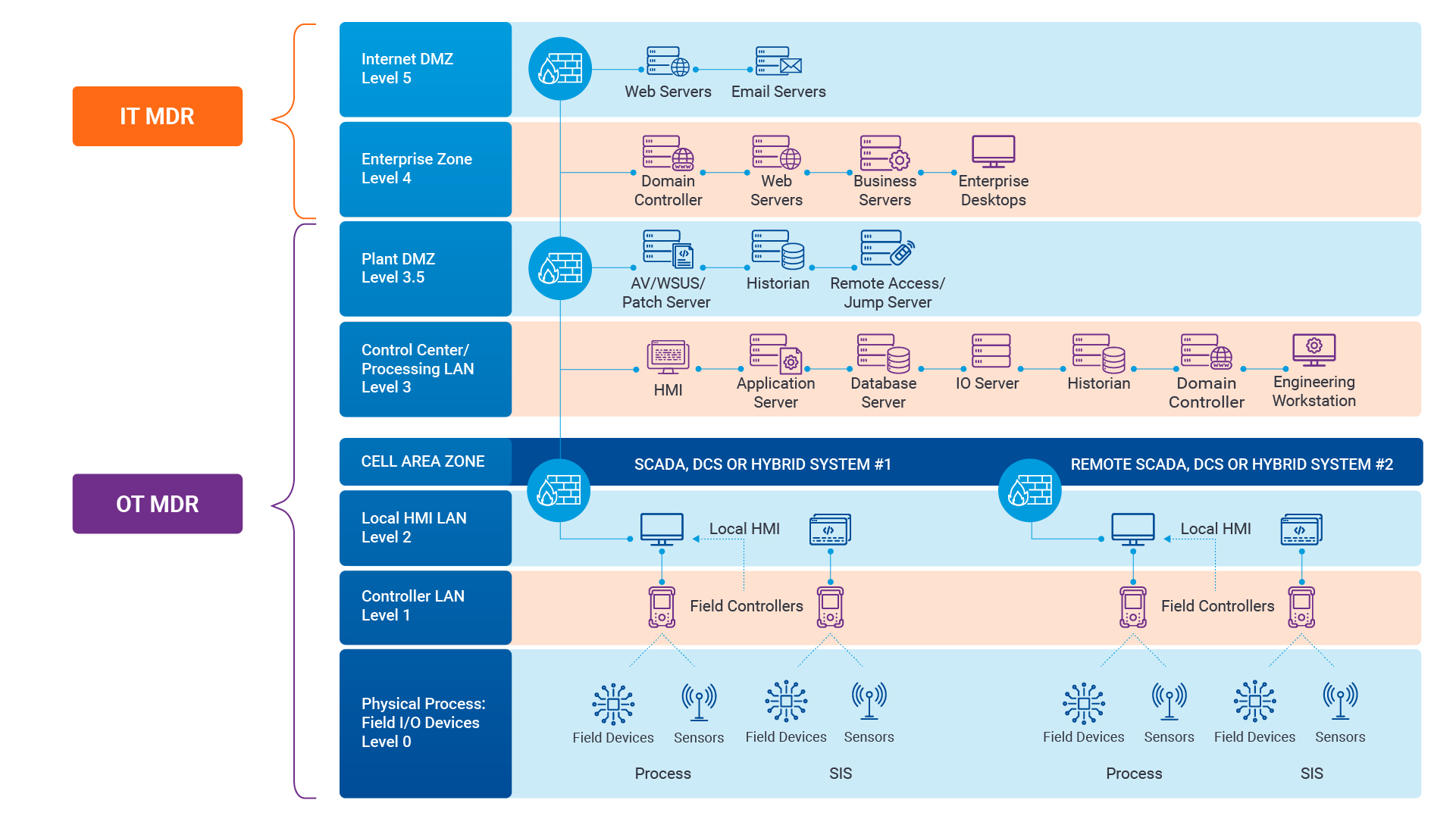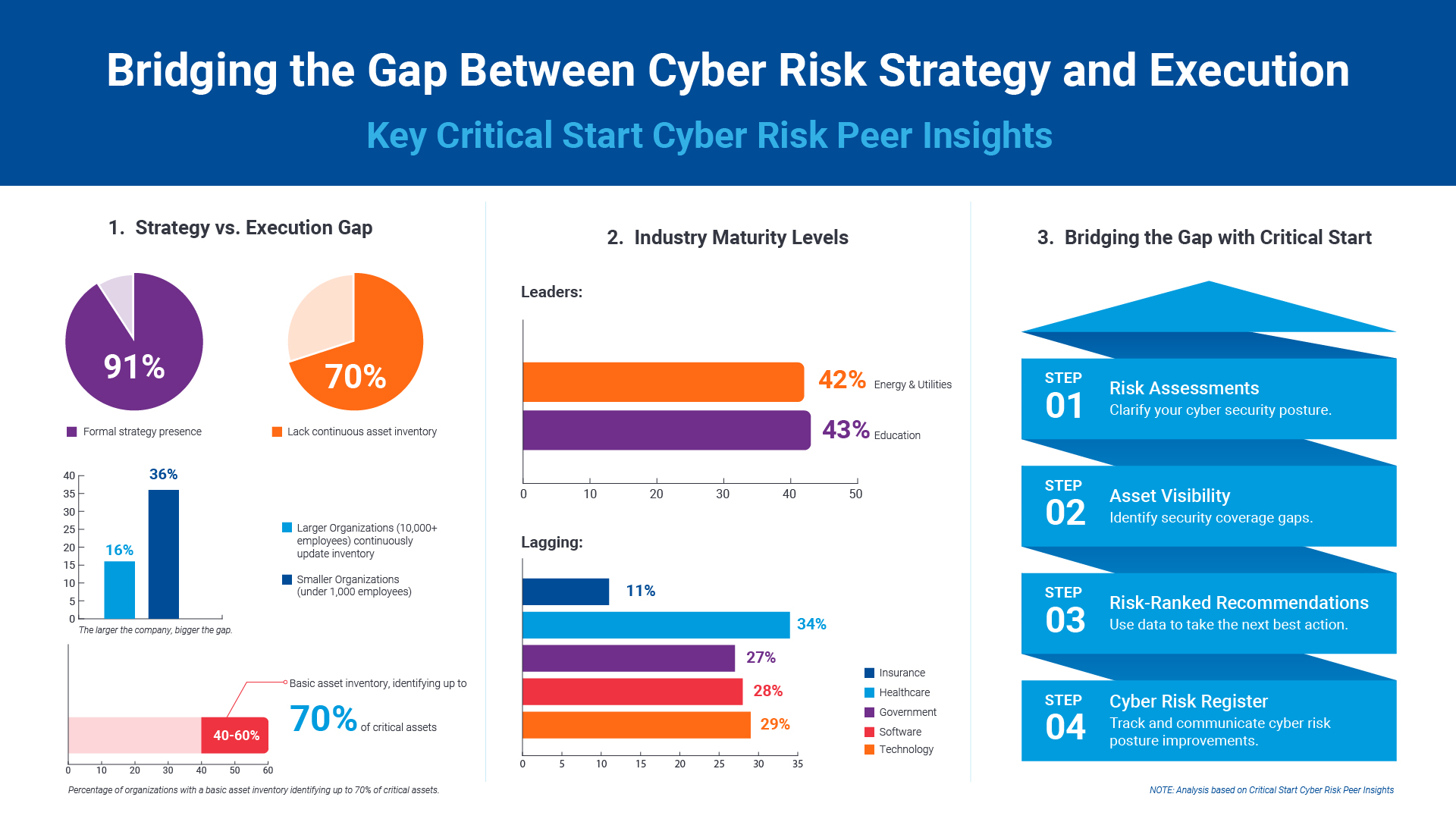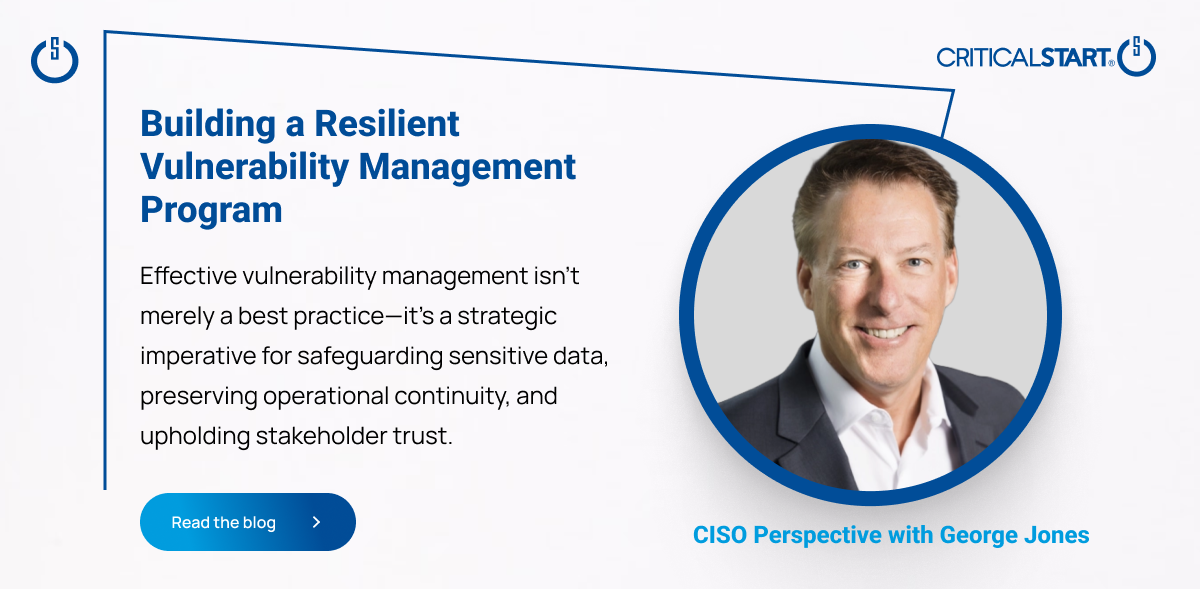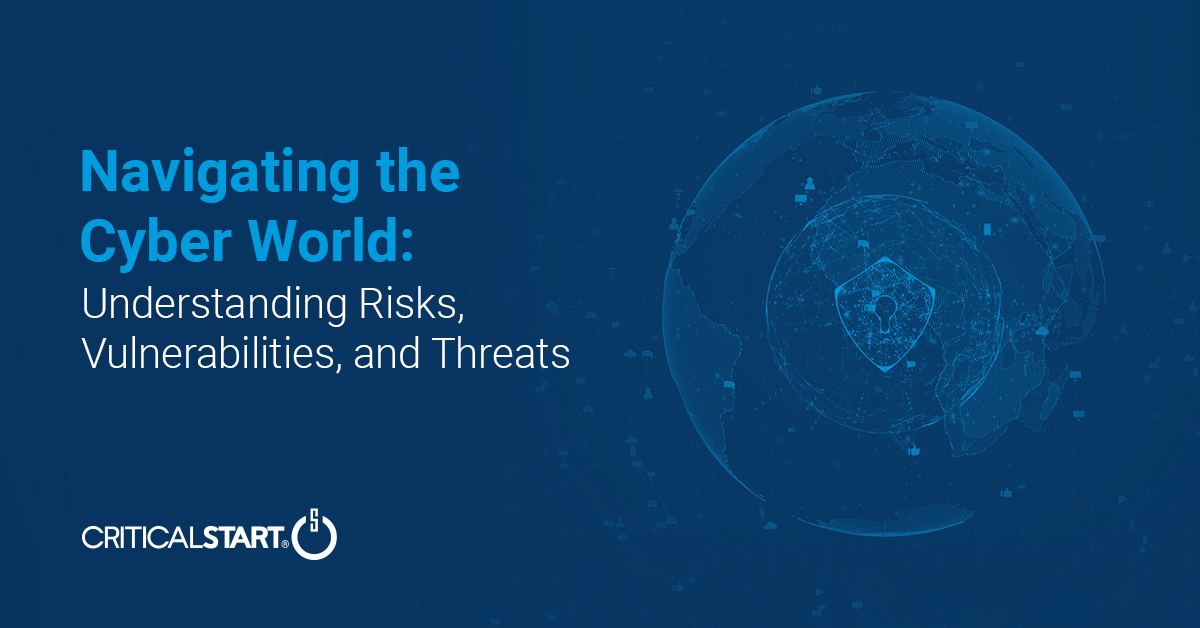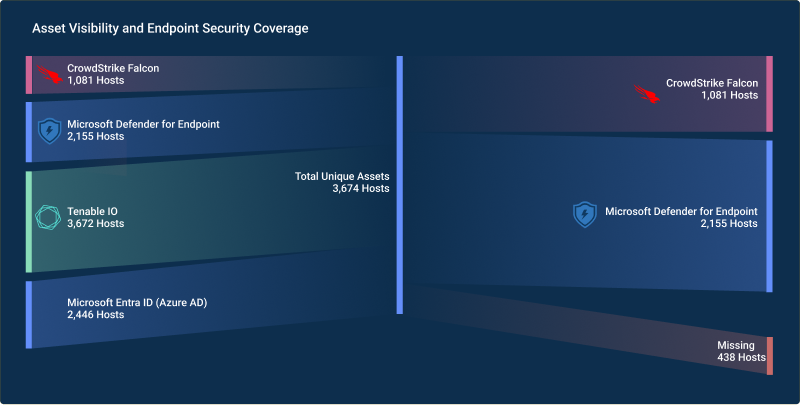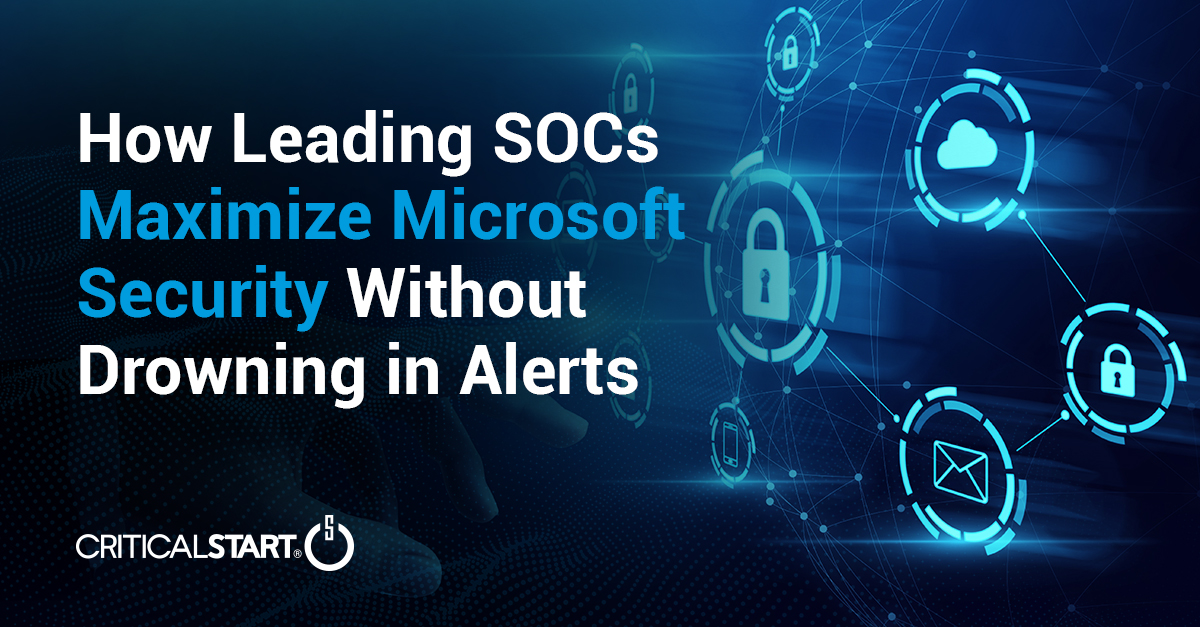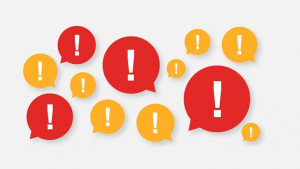
An influx of false positive security alerts can lead infosec pros to overlook real threats. Learn how to avoid security alert fatigue and avoid its potential consequences.
Most organizations have a variety of defensive cybersecurity measures in place, including firewalls, intrusion detection systems/intrusion prevention systems, antivirus and other endpoint security tools that record, analyze and report on thousands of events every hour. This results in a nonstop flood of alerts that security teams must prioritize and investigate to discern whether the threats are serious.
Each alert requires a significant amount of qualified human resources that, for most security teams, are in short supply. This leaves those tasked with the job overloaded and enables true attack alerts to get lost in the noise of false positives.
Nearly half of respondents to a 2019 CRITICALSTART survey reported that 50% of alerts or higher are false positives. To address this alert fatigue, 57% of respondents tune specific alerting features or thresholds to reduce the alert volume, while another 39% simply ignore certain alert categories.
These approaches can produce disastrous consequences. One notable example of what happens when alerts are ignored is the Target data breach of 2013, where 40 million card records were stolen. Despite numerous alerts warning of the unfolding attack, Target did not react in time because similar alerts were commonplace and the security team incorrectly classified them as false positives.
As organizations’ data and IT infrastructures spread out across the cloud, the number of alerts is only going to increase and exacerbate the situation. It’s a difficult problem for CISOs, as the only plausible option is to reduce the number of alerts their team is required to inspect.
How to address security alert fatigue
Triggering thousands of alerts daily that are never investigated or are casually dismissed as false positives add no value to security operations. It only creates opportunities for important alerts to be missed because there is not enough time to review them.
Reducing the number of alerts lowers the chance of false positives and improves alert accuracy: Any alerts that are generated will contain actionable insight to help the security team investigate them, including details on the chain of events that lead to an alert.
However, it is exceedingly difficult to create rules that narrow down anomalous events and threats to a manageable number of alerts, especially in security systems that cover all user activities. Machine learning and AI have long been touted as the future of detecting patterns of behavior that deviate from the norm, even in subtle ways. However, until recently, these technologies have struggled to stem the tide of alerts. New cloud-based approaches to offset alert overload are coming to the market that concentrate on producing less — but more significant — alerts based on their context.
CRITICALSTART, FireEye and Palo Alto Networks offer services that prioritize and present a contextualized alert. These alerts include details such as the root cause, the entire attack chain, the entities involved and a damage assessment that includes easy-to-digest graphics. With information about a potential problem presented in this format, security analysts can properly analyze and correctly respond to alerts.
Why preventing security alert fatigue matters
Of course, it’s not just an organization’s security teams that must deal with daily security alerts. On an average day, employees at all levels are likely to receive some sort of alert to avoid opening a suspicious email attachment, to not click on a potentially malicious website, or to not share their passwords.
It’s important that employees pay attention to these warnings and reminders, but perimeter defenses should prevent most malicious inbound traffic from reaching the end-user to reduce the number of warnings their antivirus program needs to generate. Security awareness programs can help educate the user about how to evaluate and utilize the information received in the email or text notifications they regularly receive.
Security alert fatigue is so challenging because technology cannot eliminate human error entirely. But eliminating useless alerts and making the necessary ones more meaningful can prevent security teams from being overwhelmed with alerts that ultimately are overlooked or ignored altogether.
Feature in TechTarget Security | July 16, 2020
![]()
Ransomware in 2025: The Real Risk, the Gaps That Persist, and What Actually Works
Ransomware attacks aren’t slowing down. They’re getting smarter, faster, and more expensive. In ...![]()
Security Operations Leaders: The Chaos Is Real
If you’re a CISO, SOC leader, or InfoSec pro, you’ve felt it. Alert volumes spike. Tools multipl...![]()
Transform Vulnerability Management: How Critical Start & Qualys Reduce Cyber Risk
In a recent webinar co-hosted by Qualys and Critical Start, experts from both organizations discusse...![]()
H2 2024 Cyber Threat Intelligence Report: Key Takeaways for Security Leaders
In a recent Critical Start webinar, cyber threat intelligence experts shared key findings from the H...![]()
Bridging the Cybersecurity Skills Gap with Critical Start’s MDR Expertise
During a recent webinar hosted by CyberEdge, Steven Rosenthal, Director of Product Management at Cri...![]()
2024: The Cybersecurity Year in Review
A CISO’s Perspective on the Evolving Threat Landscape and Strategic Response Introduction 2024 has...![]()
Modern MDR That Adapts to Your Needs: Tailored, Flexible Security for Today’s Threats
Every organization faces unique challenges in today’s dynamic threat landscape. Whether you’re m...![]()
Achieving Cyber Resilience with Integrated Threat Exposure Management
Welcome to the third and final installment of our three-part series Driving Cyber Resilience with Hu...Why Remote Containment and Active Response Are Non-Negotiables in MDR
You Don’t Have to Settle for MDR That Sucks Welcome to the second installment of our three-part bl...![]()
Choosing the Right MDR Solution: The Key to Peace of Mind and Operational Continuity
Imagine this: an attacker breaches your network, and while traditional defenses scramble to catch up...![]()
Redefining Cybersecurity Operations: How New Cyber Operations Risk & Response™ (CORR) platform Features Deliver Unmatched Efficiency and Risk Mitigation
The latest Cyber Operations Risk & Response™ (CORR) platform release introduces groundbreaking...![]()
The Rising Importance of Human Expertise in Cybersecurity
Welcome to Part 1 of our three-part series, Driving Cyber Resilience with Human-Driven MDR: Insights...![]()
Achieving True Protection with Complete Signal Coverage
Cybersecurity professionals know all too well that visibility into potential threats is no longer a ...![]()
Beyond Traditional MDR: Why Modern Organizations Need Advanced Threat Detection
You Don’t Have to Settle for MDR That Sucks Frustrated with the conventional security measures pro...The Power of Human-Driven Cybersecurity: Why Automation Alone Isn’t Enough
Cyber threats are increasingly sophisticated, and bad actors are attacking organizations with greate...Importance of SOC Signal Assurance in MDR Solutions
In the dynamic and increasingly complex field of cybersecurity, ensuring the efficiency and effectiv...The Hidden Risks: Unmonitored Assets and Their Impact on MDR Effectiveness
In the realm of cybersecurity, the effectiveness of Managed Detection and Response (MDR) services hi...![]()
The Need for Symbiotic Cybersecurity Strategies | Part 2: Integrating Proactive Security Intelligence into MDR
In Part 1 of this series, The Need for Symbiotic Cybersecurity Strategies, we explored the critical ...Finding the Right Candidate for Digital Forensics and Incident Response: What to Ask and Why During an Interview
So, you’re looking to add a digital forensics and incident response (DFIR) expert to your team. Gr...![]()
The Need for Symbiotic Cybersecurity Strategies | Part I
Since the 1980s, Detect and Respond cybersecurity solutions have evolved in response to emerging cyb...![]()
Critical Start H1 2024 Cyber Threat Intelligence Report
Critical Start is thrilled to announce the release of the Critical Start H1 2024 Cyber Threat Intell...![]()
Now Available! Critical Start Vulnerability Prioritization – Your Answer to Preemptive Cyber Defense.
Organizations understand that effective vulnerability management is critical to reducing their cyber...![]()
Recruiter phishing leads to more_eggs infection
With additional investigative and analytical contributions by Kevin Olson, Principal Security Analys...![]()
2024 Critical Start Cyber Risk Landscape Peer Report Now Available
We are excited to announce the release of the 2024 Critical Start Cyber Risk Landscape Peer Report, ...Critical Start Managed XDR Webinar — Increase Threat Protection, Reduce Risk, and Optimize Operational Costs
Did you miss our recent webinar, Stop Drowning in Logs: How Tailored Log Management and Premier Thre...Pulling the Unified Audit Log
During a Business Email Compromise (BEC) investigation, one of the most valuable logs is the Unified...![]()
Set Your Organization Up for Risk Reduction with the Critical Start Vulnerability Management Service
With cyber threats and vulnerabilities constantly evolving, it’s essential that organizations take...![]()
Announcing the Latest Cyber Threat Intelligence Report: Unveiling the New FakeBat Variant
Critical Start announces the release of its latest Cyber Threat Intelligence Report, focusing on a f...Cyber Risk Registers, Risk Dashboards, and Risk Lifecycle Management for Improved Risk Reduction
Just one of the daunting tasks Chief Information Security Officers (CISOs) face is identifying, trac...![]()
Beyond SIEM: Elevate Your Threat Protection with a Seamless User Experience
Unraveling Cybersecurity Challenges In our recent webinar, Beyond SIEM: Elevating Threat Prote...![]()
Navigating the Convergence of IT and OT Security to Monitor and Prevent Cyberattacks in Industrial Environments
The blog Mitigating Industry 4.0 Cyber Risks discussed how the continual digitization of the manufac...![]()
Critical Start Cyber Risk Peer Insights – Strategy vs. Execution
Effective cyber risk management is more crucial than ever for organizations across all industries. C...![]() Press Release
Press ReleaseCritical Start Named a Major Player in IDC MarketScape for Emerging Managed Detection and Response Services 2024
Critical Start is proud to be recognized as a Major Player in the IDC MarketScape: Worldwide Emergin...Introducing Free Quick Start Cyber Risk Assessments with Peer Benchmark Data
We asked industry leaders to name some of their biggest struggles around cyber risk, and they answer...Efficient Incident Response: Extracting and Analyzing Veeam .vbk Files for Forensic Analysis
Introduction Incident response requires a forensic analysis of available evidence from hosts and oth...![]()
Mitigating Industry 4.0 Cyber Risks
As the manufacturing industry progresses through the stages of the Fourth Industrial Revolution, fro...![]()
CISO Perspective with George Jones: Building a Resilient Vulnerability Management Program
In the evolving landscape of cybersecurity, the significance of vulnerability management cannot be o...![]()
Navigating the Cyber World: Understanding Risks, Vulnerabilities, and Threats
Cyber risks, cyber threats, and cyber vulnerabilities are closely related concepts, but each plays a...The Next Evolution in Cybersecurity — Combining Proactive and Reactive Controls for Superior Risk Management
Evolve Your Cybersecurity Program to a balanced approach that prioritizes both Reactive and Proactiv...![]()
CISO Perspective with George Jones: The Top 10 Metrics for Evaluating Asset Visibility Programs
Organizations face a multitude of threats ranging from sophisticated cyberattacks to regulatory comp...![]()
How Leading SOCs Maximize Microsoft Security Without Drowning in Alerts
Microsoft Defender and Sentinel give security teams powerful tools to detect threats across endpoint...![]() Datasheet
DatasheetCRITICALSTART® Advisory SOC Analyst (ASA)
Discover how Critical Start’s Advisory SOC Analyst (ASA) service adds personalized expertise to yo...![]() Datasheet
DatasheetMDR Use Cases
Discover how Critical Start MDR delivers rapid, SLA-backed threat detection and response across your...
Newsletter Signup
Stay up-to-date on the latest resources and news from CRITICALSTART.
Thanks for signing up!
